People
Automation with a Human touch
At WorkingMouse, our people are not just employees; they are the human touch in our Jidoka automation process. Locally employed and highly skilled, they form cross-functional squads that work seamlessly with our proprietary model-driven tools to deliver your solution through the following project stages.
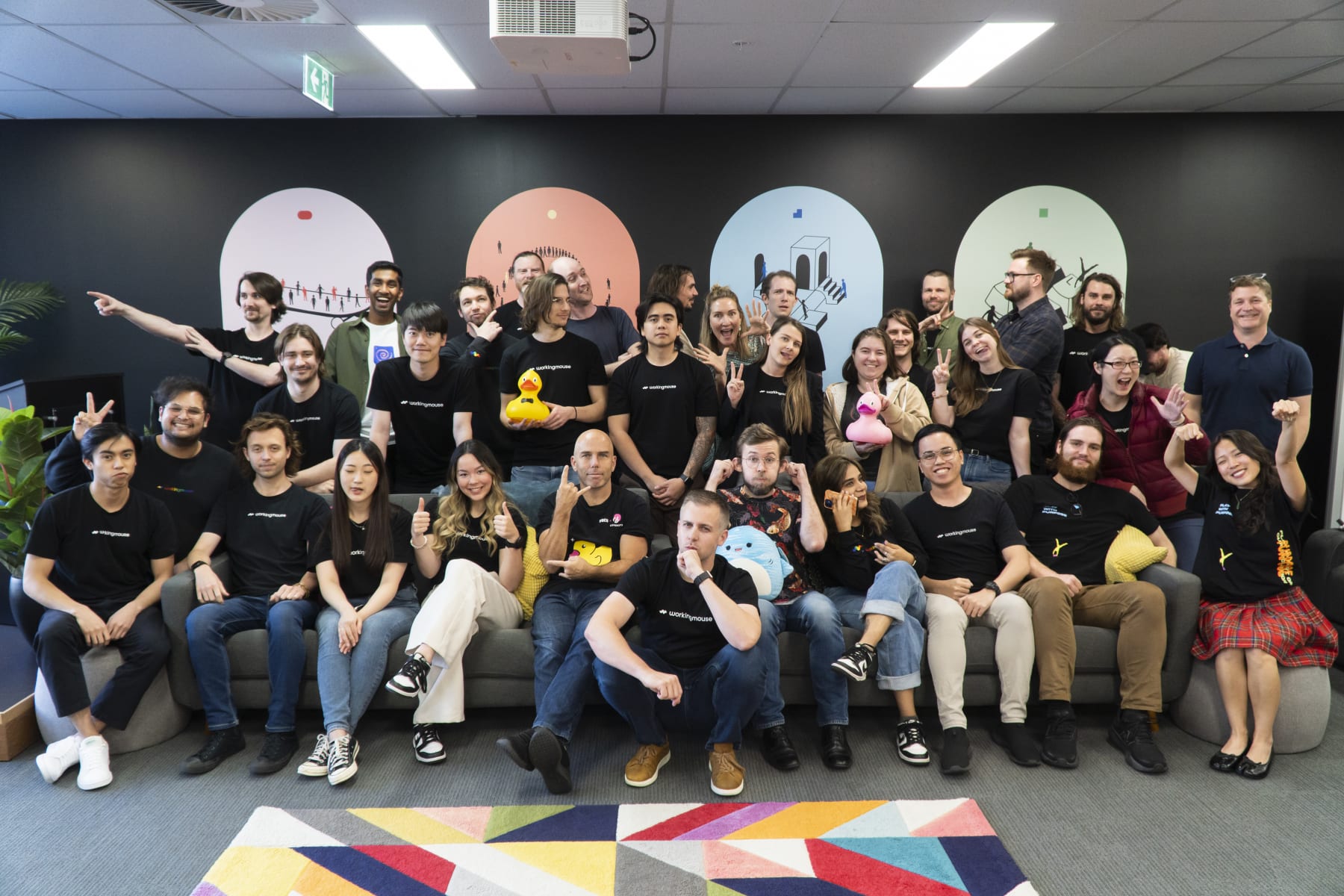
Project Stages
1. Discovery
We lay the foundations for success and formulate a plan that the whole team is confident will work.
2. Modernisation
We execute the plan and play to our strengths by modernising the legacy system with as little change management as practical.
3. Optimisation
We ensure the system is monitored and remains secure, while incremental improvements are now unblocked as we are now on the modernised technology stack.
Squads
Are a cross-functional team that is self-organising and empowered. They follow the Way of Working but are free to experiment with new processes and tools that are suited for their current project(s). The ideal squad structure includes a Squad Lead, Solution Architect, Product Designer, Software Developers and a DevOps Developer. The ratio and contribution of each roll will depend on the project but there should be a representation from each role at every stage in the project minimising the number of handovers and maximising the amount of knowledge held within the squad.
A Squad Lead manages stakeholder expectations, fosters team spirit, and serves as the primary link between the product owner and the squad.
A Solution Architect, having developed numerous projects, guides the squad in quality and addresses high-risk tasks early, considering both functional and non-functional software requirements.
A Product Designer not only crafts designs but also identifies user issues, applies design thinking, and collaborates to achieve both creative and technical milestones.
The Software Developers are not just coders but creative problem solvers, using architecture and technologies to artfully craft solutions.
A DevOps Developer combines development and operations, using automation for quality and efficiency, with expertise in coding, system admin, and cloud, excelling in seamless releases.
A Project Manager ensures timely, budgeted, high-quality delivery while prioritising stakeholder satisfaction.
A Business Analyst uses data and collaboration to enhance business processes, achieving organisational goals.
Support
The DevOps teams provide adhoc support and proactive monitoring by automating the development life cycle and providing continuous delivery.
A DevOps Lead organises projects, manages expectations, facilitates processes, and technically guides the team to deliver outstanding outcomes for our customers.
The DevOps Developers support by bridging development and operations, using automation for enhanced quality and efficiency, with expertise in coding, system admin, and cloud, ensuring smooth releases.
Tracks
A track is the specialisation of people into leadership, growth, design, development, and devops. They have a common role in a squad and through the track structure share knowledge on best practice and seek feedback from their peers on their current work. Even though people belong to a track, once they are deployed into a cross functional team, the squad will self-organise and use all their skills.
These people...
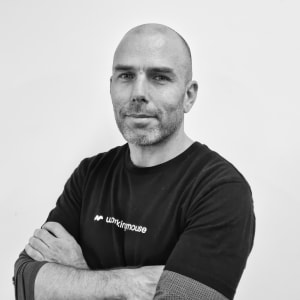
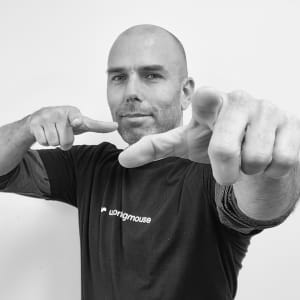
Eban Escott
Director
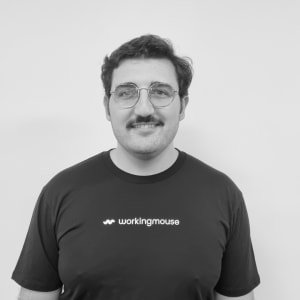

Leo Mylonas
CEO
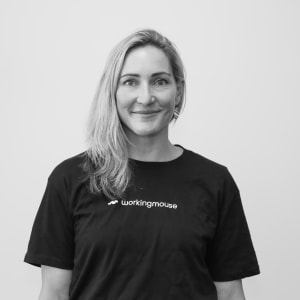

Kath Escott
Head of Employee Experience
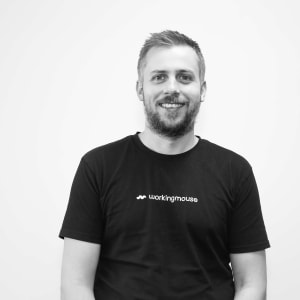

David Burkett
Head of Growth
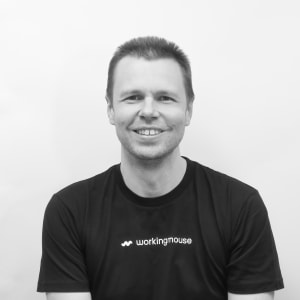
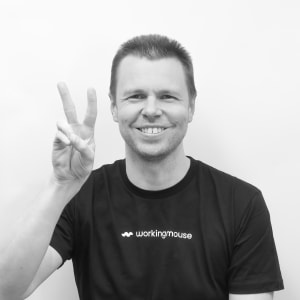
Steven Dangerfield
Squad Lead


Stephan Abraham
DevOps Lead
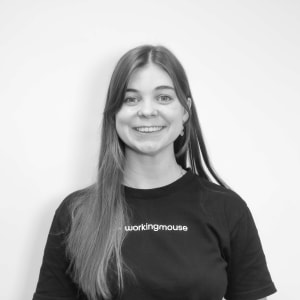
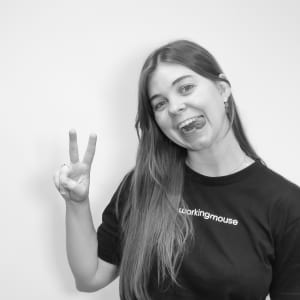
Shannon England
Squad Lead


Robbie Wykes
DevOps Lead
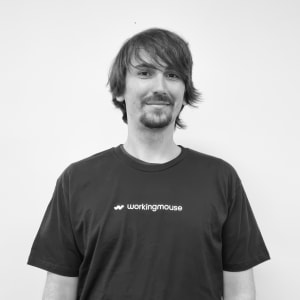
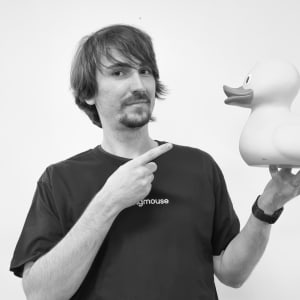
Reece Walsh
Squad Lead
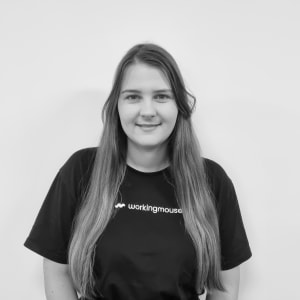

Elena Moser
Squad Lead
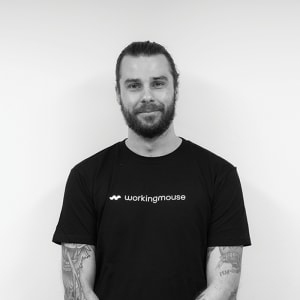
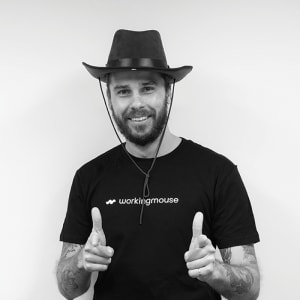
Aiden Lambert
Software Developer


Ayasha Jain
Employee Experience and Talent Acquisition


Benjamin Kim Ho
Software Developer
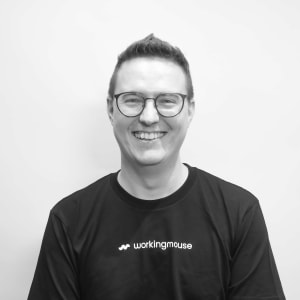
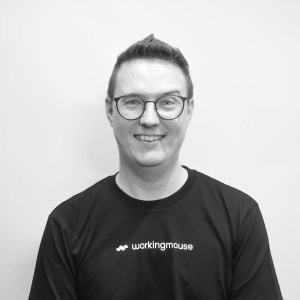
Chris Pennycuick
Solution Architect
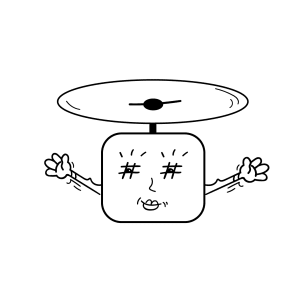
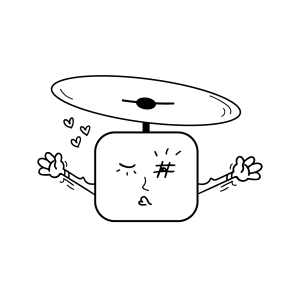
Csharpbot
Software Developer
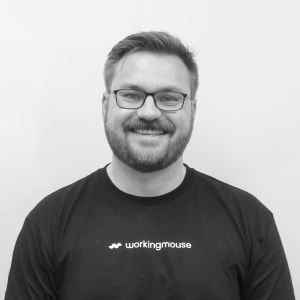
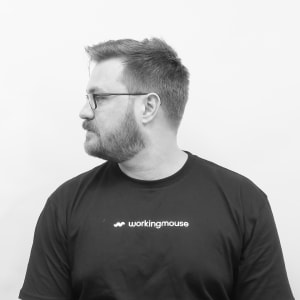
Dean Simonds
Product Designer
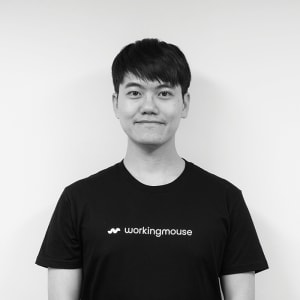
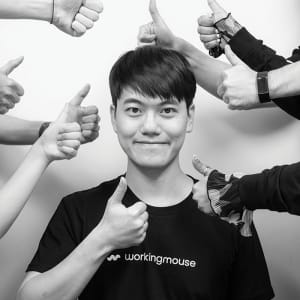
Felix Ngo
DevOps Developer
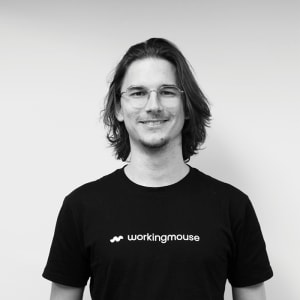

Hayden Chapple
Product Designer


Inseon Ha
Software Developer

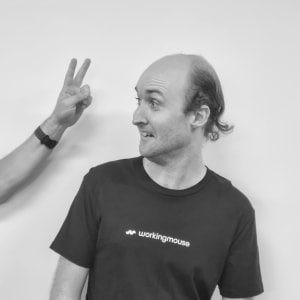
Jack Kerr
Solution Architect
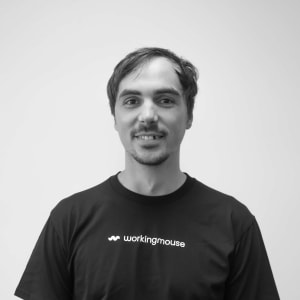
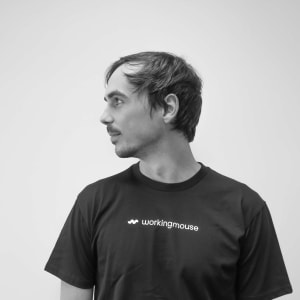
Jacob Lyons
Software Developer
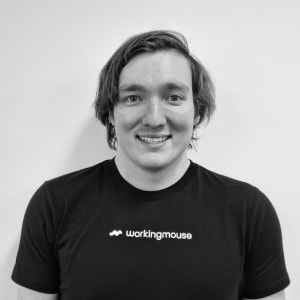
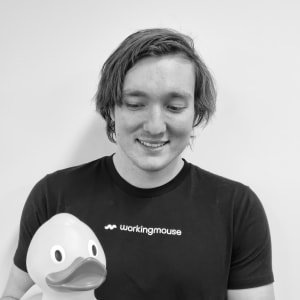
Jake Bausch
DevOps Developer


Jenifer Zheng
Software Developer


Jessica Montgomery
Marketing Administrator
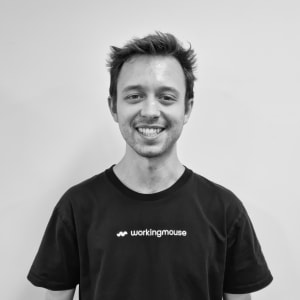

John Briggs
Software Developer


Kaila Ababao
Product Designer

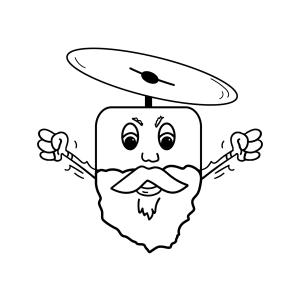
Lampbot
Codebot
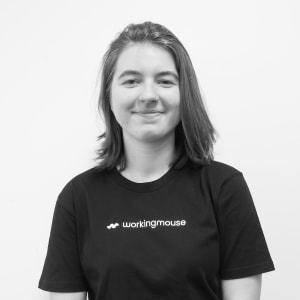
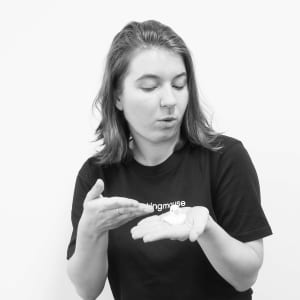
Laura Leesi
DevOps Developer


Liam Robinson
Partner
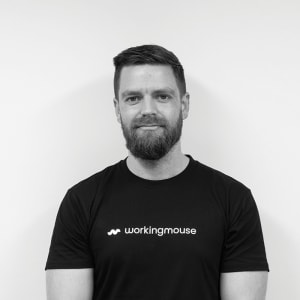

Lindsay Spencer
Software Developer


Matt Francis
CTO
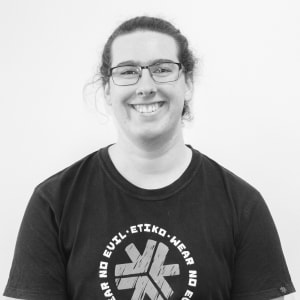
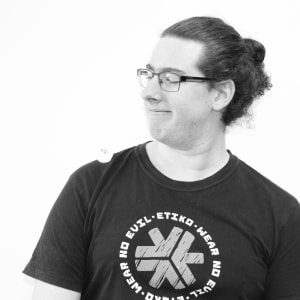
Michael Ruigrok
DevOps Developer


Nathan Gordan
Software Developer
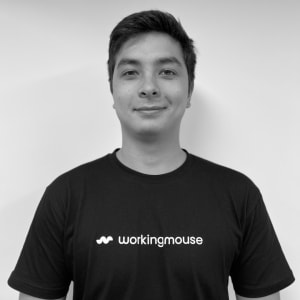
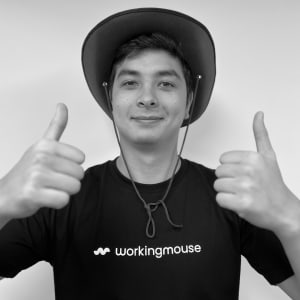
Nick Fischer
DevOps Developer
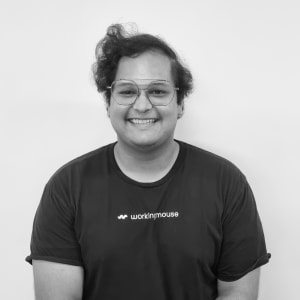

Oskar Gregurek
Software Developer

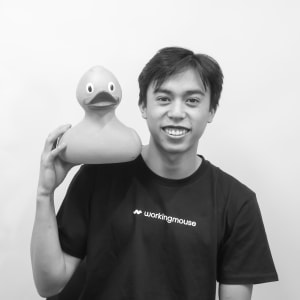
Patrick Sarmiento
Software Developer


Paul Winning
Solution Architect
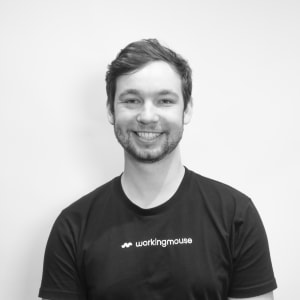

Sam Harris
Software Developer


Samindi Wanigasekera
DevOps Developer


Scott Lanham
Diagram Developer

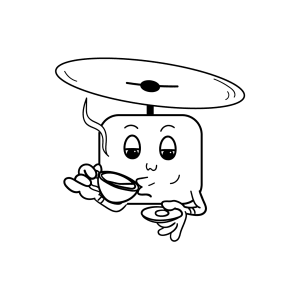
Springbot
Software Developer


Steven Balagtas
Software Developer


Steven Lee
Software Developer
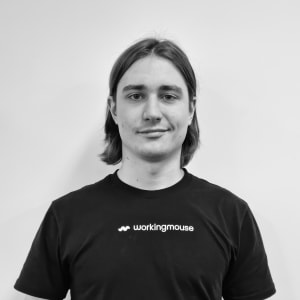
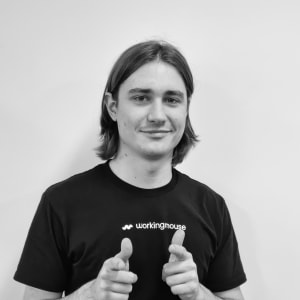
Thomas Kiliwnik
Software Developer
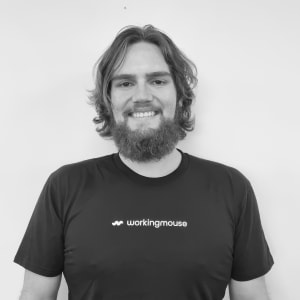
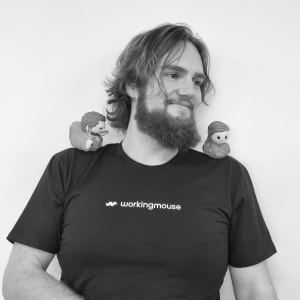
Toby Guinea
Software Developer
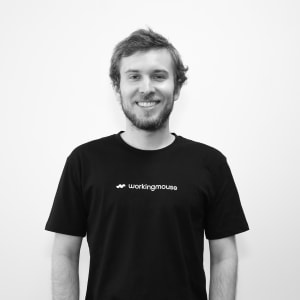

Zach Pagram
Software Developer


